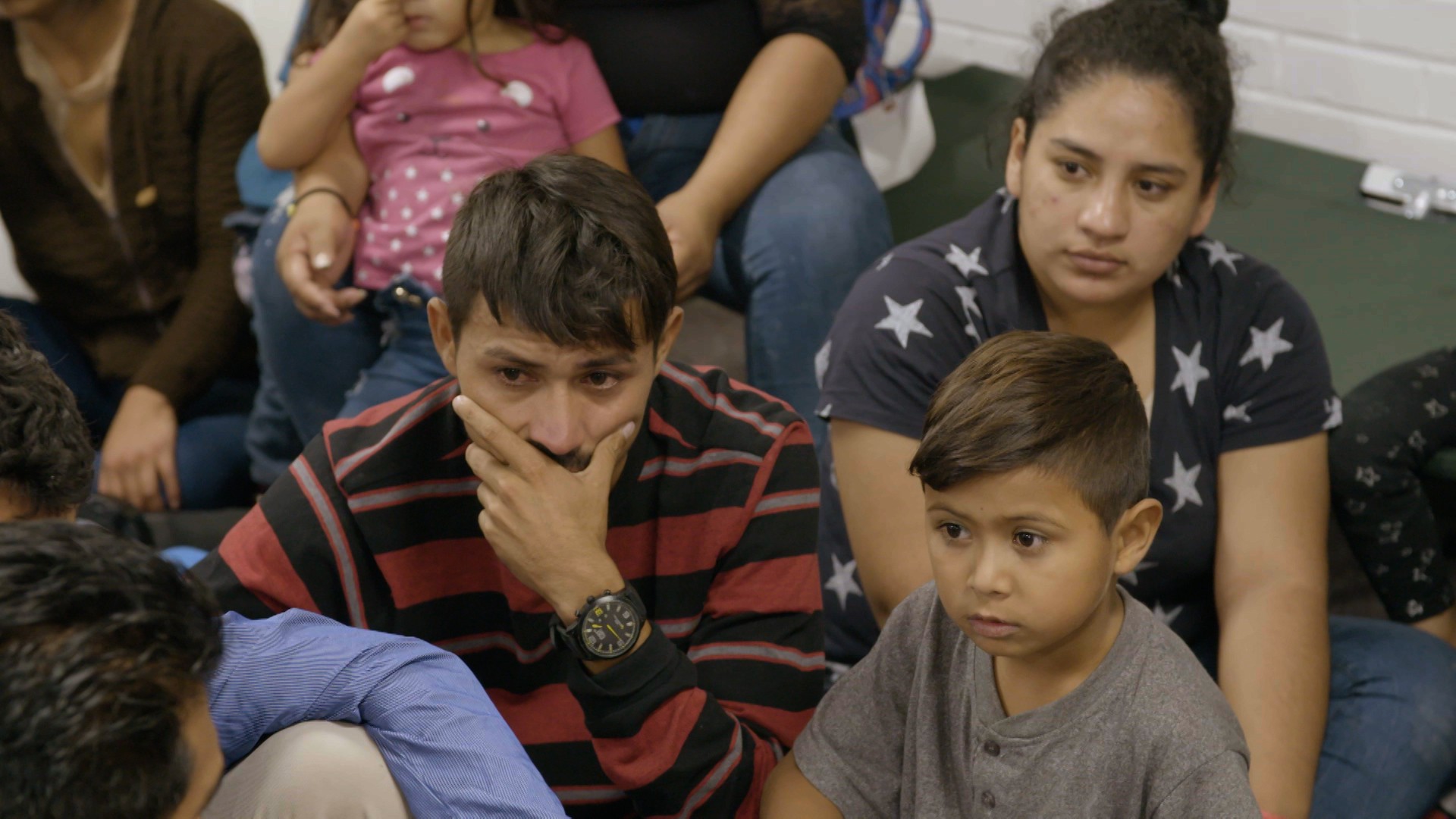Getty Images
The Trump administration unveiled a controversial new rule Thursday that bans migrants who illegally cross the southern border with Mexico from claiming asylum.The federal regulation is expected to be enacted through a presidential proclamation as early as Friday.It’s almost certain to face a legal challenge and ultimately have its validity determined by the courts.Critics say the move represents an overreach by President Donald Trump in claiming the power to change existing federal immigration law, which allows anyone on U.S. soil to claim asylum — whether they crossed the border legally or otherwise.“U.S. law specifically allows individuals to apply for asylum, whether or not they are at a port of entry,” said Omar Jadwat, director of the American Civil Liberties Union's Immigrants’ Rights Project. “It is illegal to circumvent that by agency or presidential decree.”According to the changes outlined by Acting Attorney General Matthew Whitaker and Homeland Security chief Kirstjen Nielsen Thursday, officials plan to override the current law by claiming the president has the power to “suspend the entry of all aliens” and impose any restrictions on them deemed appropriate if the migrants are considered “detrimental to the interests of the United States.”It’s the same authority Trump used to justify his so-called Muslim travel ban, which was blocked by the courts before a revised version was upheld by the Supreme Court.The move follows Trump’s midterm pledge to get tough on what he referred to as an “invasion” from Central America, symbolized by a caravan of migrants heading to the U.S. border, which the Pentagon has bolstered with a huge deployment of active-duty troops.The White House wants to make it much harder to claim asylum, saying the current regime encourages illegal immigration and has resulted in illegitimate claims taking resources away from processing genuine ones.At a briefing Thursday, a senior official, claiming anonymity, said the administration was trying to funnel asylum claims through ports of entry “where we are better resourced, have better capabilities and better manpower and staffing to actually handle those claims in an expeditious and efficient manner.”The text of the regulation said it would mainly affect migrants from Guatemala, Honduras and El Salvador, who enter via the southern border with Mexico. “Channeling those aliens to ports of entry would encourage these aliens to first avail themselves of offers of asylum from Mexico.”Immigration advocates immediately slammed the move as unlawful, saying it was designed to reduce asylum claims.Lee Gelernt, an attorney with the American Civil Liberties Union, told Reuters that Congress had already looked at the issue revisited in the rule and determined that people on U.S. soil were eligible to apply for asylum, regardless of how they entered the U.S.READ: Fox News, NBC and Facebook have pulled Trump’s “racist” caravan adJonathan Ryan, executive director of the immigrant defense group RAICES, said the move would only add to problems at the designated ports of entry, which were overcrowded.The United Nations refugee agency, UNHCR, said Friday that its legal team was also examining the rule, while Amnesty International said the policy “needlessly places the lives of thousands of people in danger.”“Asylum is not a loophole, it is a lifeline,” Amnesty’s secretary general Kumi Naidoo said. “Beyond Trump’s dehumanizing rhetoric are mothers, fathers, and children fleeing extremely dangerous situations enduring a perilous journey because they’ve had no choice but to leave their home.” Cover image: Migrants from Central American countries heading in a caravan to the US, arrive to a temporary shelter in a sports center, in Mexico City where they expect to ask for documents to be able to transit Mexican territory, on November 5, 2018. (ALFREDO ESTRELLA/AFP/Getty Images)
Cover image: Migrants from Central American countries heading in a caravan to the US, arrive to a temporary shelter in a sports center, in Mexico City where they expect to ask for documents to be able to transit Mexican territory, on November 5, 2018. (ALFREDO ESTRELLA/AFP/Getty Images)
Advertisement
How will the new rule work?
Advertisement
What has the reaction been?
